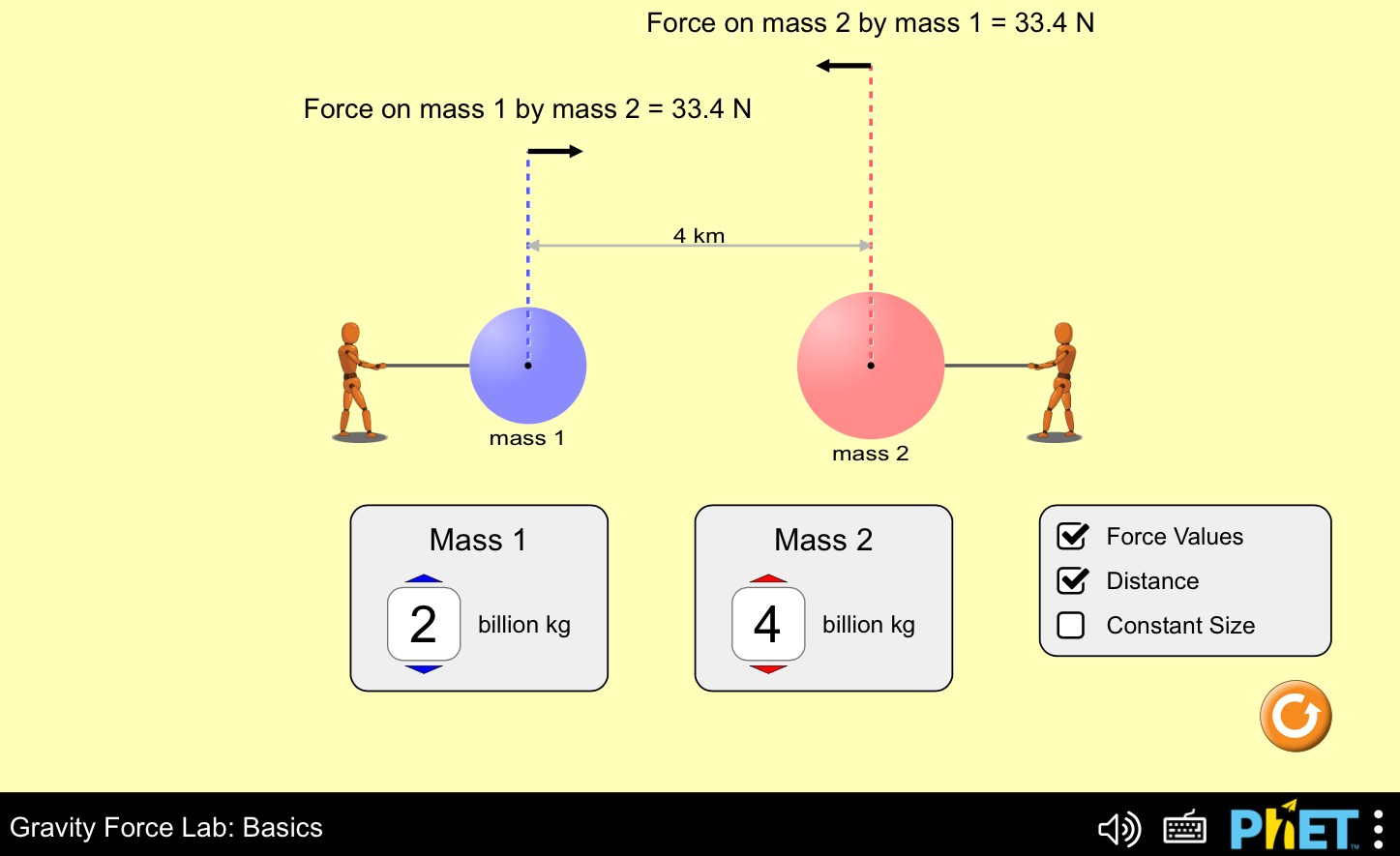

One of the earlier known publication on the subject of microgravity simulation was from Julius von Sachs (1879) who slowly rotated flax ( Linum usitatissimum) and cress ( Lepidium sativum) around their horizontal axes.
Gravity lab simulation free#
Scientists have been exploring alternatives for long duration free fall, microgravity or better near weightlessness studies.

Such in-flight experiments and studies are still rare, expensive and logistically unreliable. The latter is relatively simple, however, to go into extended duration free fall one needs to make use of orbital spacecraft like the International or Chinese Space Stations or un-manned platforms. We can bring its magnitude to a minimum by going into free fall or increase its magnitude using centrifuges. This is what we do with exploring gravity. When we want to explore the impact of a certain parameter it is quite useful when we are able to vary such a parameter either in time and / or magnitude. This Reduced Gravity Paradigm, RGP is based on the premise that adaptations seen going from a hypergravity level to a lower gravity are similar as changes seen going from unit gravity to microgravity. In this paper we want to explore the possibility to apply centrifuges to simulate microgravity or maybe better to simulate hypo-gravity. However, one should always realize that we cannot reduce gravity on Earth, other than the relative short duration free fall studies in e.g., drop towers or parabolic aircraft. Several of these simulation systems provide some similarities of the responses and phenotypes as seen in real microgravity experiments. Since then, the fast rotating clinostat, the 3D clinostat or the random positioning machine, the rotating wall vessels, tail suspension and bed rest head down tilt and lately the levitating magnets have been introduced. For more than a century one uses the slow rotating clinostat as developed by von Sachs at the end of the nineteenth century. 2TEC-MMG LIS Lab, European Space Agency Technology Center, Noordwijk, Netherlandsĭue to the cumbersome nature of performing real microgravity-spaceflight research scientists have been searching for alternatives to perform simulated microgravity or partial gravity experiments on Earth.1Department of Oral and Maxillofacial Surgery / Oral Pathology, Dutch Experiment Support Center, VU University Medical Center and Academic Centre for Dentistry Amsterdam, Amsterdam, Netherlands.


 0 kommentar(er)
0 kommentar(er)
